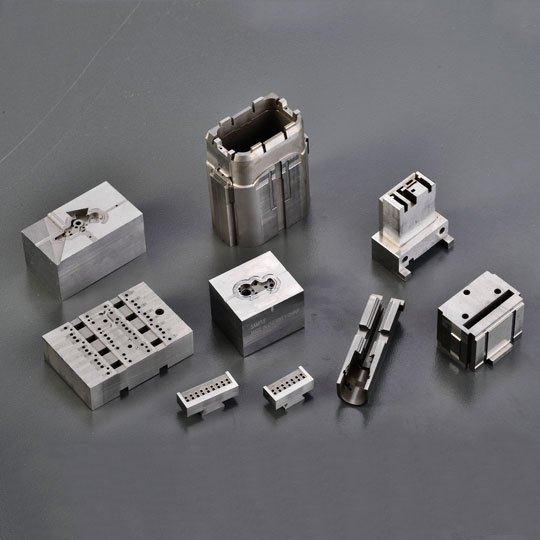If you are a newcomer to rapid prototyping services, you probably are wondering how everything gets done since there seems to be so little of the work handled by the human hand in the process. Most of the planning and designs get done using Computer Aided design, also famously known as CAD. There are quite a few software programs capable of handling all aspects of a project down to the last detail, and with each passing year, new updates make them more productive. CAD is one of the easiest ways to create a documented registry including all the revisions done on a project. It’s also regarded as the “file killer” in most office spaces since each revision can be stored digitally on a server without the need of a printed counterpart.

precision mold
*precision mold picture is from http://www.feiyamold.com
The Evolution of CAD Files
The Reach of CAD files goes beyond the superficiality of the part being created. Most of the times these files are built on vector layers that allow the revision of the technical aspects related to it as well as the engineering that is necessary to make it work. CAD files also include all matters pertaining to materials that will be used to handle the project as well as the dimensions of it, the tolerance it can withstand and any other specific applications it may have. In the last years of the 20th century, CAD files used to be two dimensional, but the inclusion of 3D technologies allow for more detailed constructs. The program has proven to be so versatile that is used nearly in every industry that needs manufacturing procedures to create anything.
The Current State of CAD Files
By now you have probably figured out that rapid prototyping services use CAD software in everything they do. The number of formats, however, offers a vast catalog of file extensions that most of the time is tied to the type of program you are using. Since we are talking about 3D printing, the files used can be categorized into two groups: those using parametric data and those using mesh files. Parametric is based on equation driven files at full definition, while mesh is based on a point-triangle pattern to create everything. Parametric files can be converted to Parasolid files. These are some of the most reliable formats since it doesn’t change the finalized designs from one computer to other. Mesh files usually need adjustments when they go through the transition.
The Updated List of Usable Cad Extensions
Since there are so many programs running CAD files in all rapid prototyping services out there, getting a grasp on all of them can be tiring, especially if your company work with customized software as well. So far these are types of CAD files extensions that have been registered according to specific uses:
- For engineering and design needing representation files you can get Solid works (. SLDPRT, SLDASM, .SLDDRW), Inventor (.IPT, .IAM), STEP (.STP, .STEP) or AutoCAD (.DXF, .DWG 2010)
- For 3D printing colored designs using mesh files or any additional specifics on the texture you will find .ZPR, .OBJ, .FBX, .3DS, .PLY, and 3DM.
- Standard 3D printing files using a mesh that haven’t been transferred from one PC to another are best delivered using the extensions .STL, .OBJ, .PLY, .3D DXF or .SKP.
